Most of us have heard of core training. But most still think that core training just involves doing a few curl-ups. I’m here to tell you that the core involves a lot more than just your abs, and it’s a lot more important then you probably think.
The core is actually made up of MANY different muscles in the back and front of the body between your shoulders and your hips. These muscles are what stabilize the spine, pelvis and shoulders, and are the first muscles to contract in every major movement you do. Think of your core as the group of muscles that allow you to be able to lift your legs and arms. Without your core you wouldn’t be able to walk, let alone lift 250lbs.
Our ancestors didn’t need to think about core training because they were doing labor-intensive tasks day in and day out, but in 2011, most of us are sitting at a desk from nine to five, sitting in the car in traffic, and then more sitting in front of the TV. Prolonged sitting and no exercise weaken the core muscles.
So, what are the Benefits of Core Strength Training?
Reduced Back Pain Most people think that back pain is caused by a weak back, but in most cases weak abdominals is the cause of lower back pain. Think about it. If your abs and lower back are weak there is no strength to support the upper body, which will cause the back to curve in a forward tilt causing strain on the spine. In other cases, these weak muscles result in the pelvis to tilt forward or backward from not having the proper muscular support. All of this leads to back pain.
Improved Posture As I get older, I find myself constantly correcting my slouched back. I realize that the source of the problem can be weak core muscles. A strong core will improve your posture. Add some strength to your lower back and abdominal region, and you will stand up straighter, and stay that way longer without fatigue.
Less Joint Strain When you have good posture, your joints are properly aligned, and so you’ll reduce strain on your neck, shoulders, back, hips and knees. You’ll experience more efficient movement in all of your joints, and your internal organs will function more efficiently.
Better Sleep Because you’ll avoid back pain and other aches you can say that core strength training is helpful in getting restful sleep.
Improved Balance & Reduced Risk of Injury Strengthening the core goes a long way in preventing accidents. If you lose your footing, the muscles at the innermost layers of your spine react quickly to readjust your weight distribution and restore your balance. If these muscles are weak you may not be able to regain balance quick enough to prevent a fall. Also, a good posture means your body is properly aligned, which goes a long way in reducing injury risk while weight lifting.
Improved Athletic Ability A weak core reduces the amount of strength you’re able to apply to weight lifting. When you hit a plateau in presses, squats, or any other strength exercise, ask yourself if you’re training your core hard enough. The core muscles will also act as shock absorbers when jumping, and will give you more strength in running or jogging. The added bonus of core training is the benefit of more strength in day-to-day activities. Whether you are picking up your kid, raking leaves, or lifting heavy boxes, you’ll notice how much easier it is with a stronger core.
So how do you strengthen the core?
It is not merely about working the muscles individually, but moving the body as a unit. The core muscles need to all contract at the same time, across joints in order to give proper support to the spine. Some of the best core exercises are simple bodyweight exercises like deadlifts, lunges, bridges, and planks. Balancing on an unstable surface like an exercise ball is also a great way to engage your core.
Side Note: Many people think that core training is the key to losing mid-section fat and getting great abs. The truth is, that core training strengthens and defines your muscles, but in order to see your abs you have to lower your body fat percentage. To do this you need to eat a proper low-calorie diet and have a cardio workout routine.
Motivated? Good!
In order to get you started on building a stronger core Astone Fitness is offering you a limited time special offer on our balance ball and resistance band combo packs. Check them out here!
Here is a Workout Routine to get you started NOW!
Back Extension Position the ball under your hips and lower torso, with the knees straight or bent, feet firmly planted on floor. With hands behind the head, slowly roll down the ball. Lift your chest off the ball, bringing your shoulders up until your body is in a straight line. Make sure your body is in alignment (i.e. head, neck, shoulders and back are in a straight line), your abs are pulled in and that don’t hyper-extend the back. Repeat for 12-16 reps.
Ball Balance Hands are on the floor with the ball positioned under your stomach and hips. Legs are straight and off the floor. Hold that position, keeping your body in a straight line, abs pulled in. Working to stay balanced, slowly raise your right arm out to the side, taking care not to roll or allow any part of your body to collapse. Hold briefly, lower the arm and repeat on the other side. Repeat for 12-16 reps, alternating arms.
Hip Extension Lie down with your heels propped on ball. Keeping abs tight, slowly lift your hips off the floor (squeezing the glutes) until body is in a straight line. Hold for a few seconds and lower. For added intensity, lift the hips and then take one leg off the ball, hold for a moment and lower. Repeat for 12-16 reps.
Ab Roll Place your hands on the ball in front of you, arms parallel. Pulling your belly button towards your spine and tightening your torso, slowly roll forward, rolling the ball out as far as you can without arching or straining the back. Push the elbows into the ball and squeeze the abs to pull the body back to start. Avoid this move if you have back problems. Repeat for 12-16 reps.
Elevated Push-Ups Place the ball under of your knees on the ball and your hands flat on the floor (your whole body should be parallel to the floor). Look down at the floor and lower your face to within a few inches of it, then push back up to the starting position. Repeat for 12-16 reps.
Wall-Roll Squat Stand with your back to a wall, feet shoulder-width apart, and place the ball between the wall and your lower back. Squat, letting the ball roll along your back, until you are in a “sitting” position with your knees forming a 45-degree angle. Return to starting position. Repeat for 12-16 reps.
Workout Source: askmen.com, exercise.about.com




 Payments powered by:
Payments powered by:

